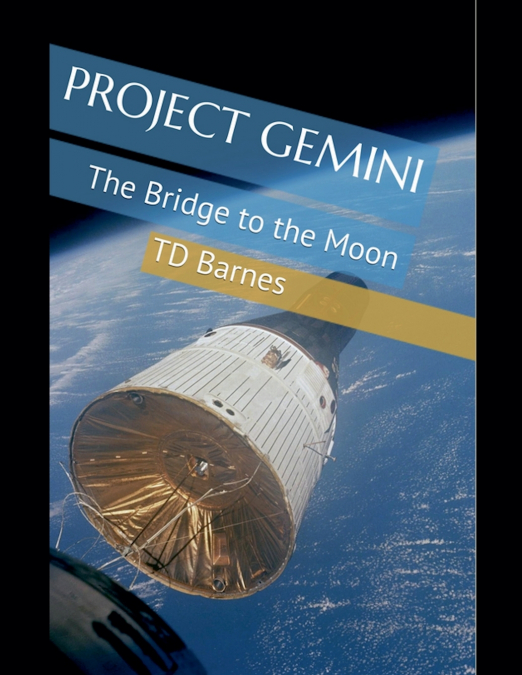
 Librería Desdémona
Librería Desdémona
 Librería Samer Atenea
Librería Samer Atenea
 Librería Aciertas (Toledo)
Librería Aciertas (Toledo)
 Kálamo Books
Kálamo Books
 Librería Perelló (Valencia)
Librería Perelló (Valencia)
 Librería Elías (Asturias)
Librería Elías (Asturias)
 Donde los libros
Donde los libros
 Librería Kolima (Madrid)
Librería Kolima (Madrid)
 Librería Proteo (Málaga)
Librería Proteo (Málaga)
Embark on a thrilling journey through one of NASA’s most pivotal space programs in 'Project Gemini: The Bridge to the Moon.' Spanning twelve missions over five transformative years, Project Gemini was the crucial link between the early manned spaceflights of Project Mercury and the monumental achievements of Apollo. This comprehensive chronology delves into the intricacies of each mission, highlighting the technological advancements and human ingenuity that propelled America toward the moon.The constellation for which the project was named, Gemini, is commonly pronounced /ˈdʒɛmɪnaɪ/, rhyming with 'eye.' However, NASA’s Manned Spacecraft Center, including the astronauts, adopted the pronunciation /ˈdʒɛmɪni/, rhyming with 'knee.' In 1965, NASA’s public affairs office declared 'Jeh’-mih-nee' as the official pronunciation. This became widely recognized, especially during Gus Grissom’s communications as Houston capsule communicator for Ed White’s historic spacewalk on Gemini 4.From 1964 to 1967, Project Gemini served as a proving ground for advanced spaceflight techniques and astronaut training. Each mission, launched atop the Titan II rocket-a repurposed Cold War missile-pushed the boundaries of human space exploration. The Gemini spacecraft, though similar in appearance to its predecessor, the Mercury capsule, offered significantly enhanced capabilities, facilitating unprecedented achievements in space.Witness the remarkable first American spacewalk by Ed White on June 3, 1965, tethered to the Gemini 4 spacecraft by a 7.6-meter umbi